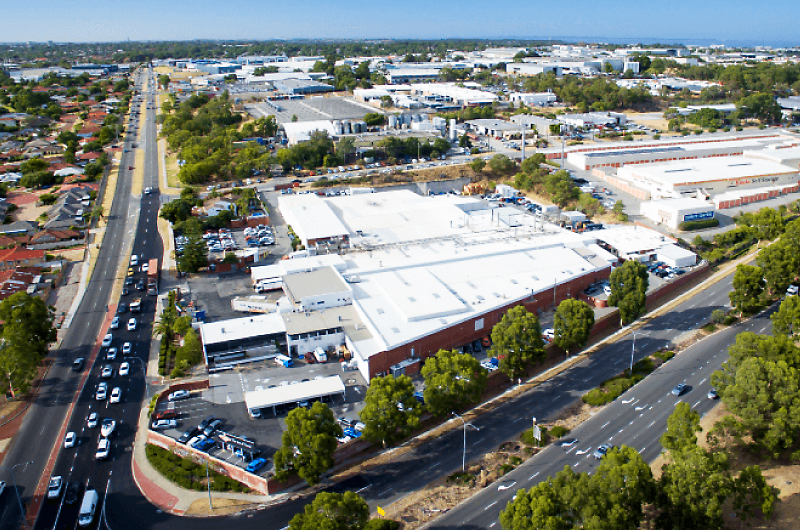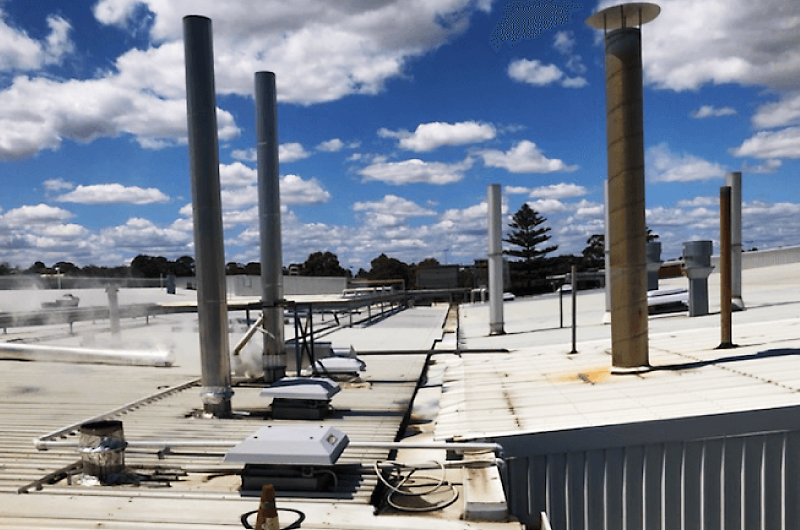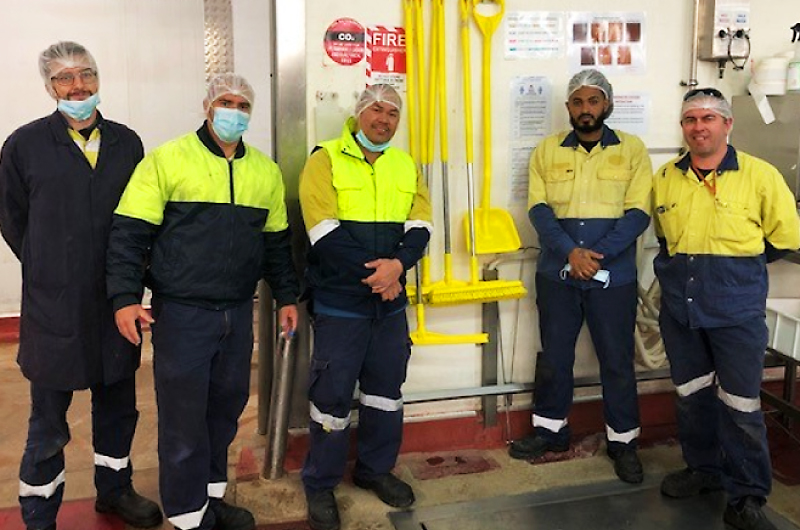D’Orsogna Ltd.
Key achievements
- Saved 4 million litres of scheme water a year
- Payback of less than 2 years
Water plays a key role in D’Orsogna Ltd’s operations. It’s used on equipment, daily cleaning, personal hygiene and sanitation. One of our key challenges has been the safe and efficient disposal of boiler blowdown water.

D’Orsogna Palmyra processing facility.
A sticky situation
We operate 2 x 1.5 MWh industrial boilers that constantly discharge hot blowdown wastewater as part of our normal operations. Our ageing infrastructure struggled to cope, causing underground pipes to melt and significantly disrupting our manufacturing operations.
We initially installed a cooling vessel, which involved running scheme water continuously to prevent the pipes from melting, but it wasn’t proving effective, and it was consuming a considerable amount of water.
Valuable water and money going down the drain
Without taking action, we would continue to spend $32,000 in water supply, trade waste costs per year, and waste 4 million litres of scheme water yearly. On top of invaluable production loss costs, increased overtime and risks of groundwater intrusion.
Innovative and simple adjustments
Like any food and beverage processing facility, water is essential for food safety and production. The meat processing industry isn’t exempt from this essential resource and is spotlighted due to the sheer volume of water required to deliver 1kg of produce.
“Water management in this industry can be improved fairly quickly with simple adjustments and establishing fit-for-purpose equipment. There doesn’t need to be a major cost or installation downtime in production for fast results.” – Neil Harvey, Chief Engineer at D’Orsogna Ltd.
How we did it
Our engineering team devised an ingenious solution to reuse the cooling tower backwash water to cool the hot boiler blowdown wastewater, removing the need for scheme water.

Cooling towers.
The project involved installing 2 x 4,000-litre cooling pits and redirecting the cooling tower backwash and boiler blowdowns into the pits. We then trialled reducing the scheme water supply to the cooling vessel and found it was no longer required, as the hot wastewater was sufficiently cooled.

Craig, Leo, Elvin, Kimfie and Jason from the production area.
What we’re doing now
We’re now saving 4 million litres of scheme water per year, representing $32,000 of water supply and trade waste costs. Not including the savings from other production-related costs, this waterwise move has seen a payback period of less than 2 years.